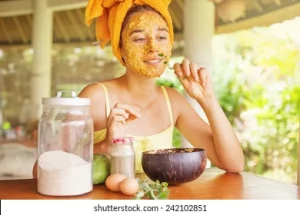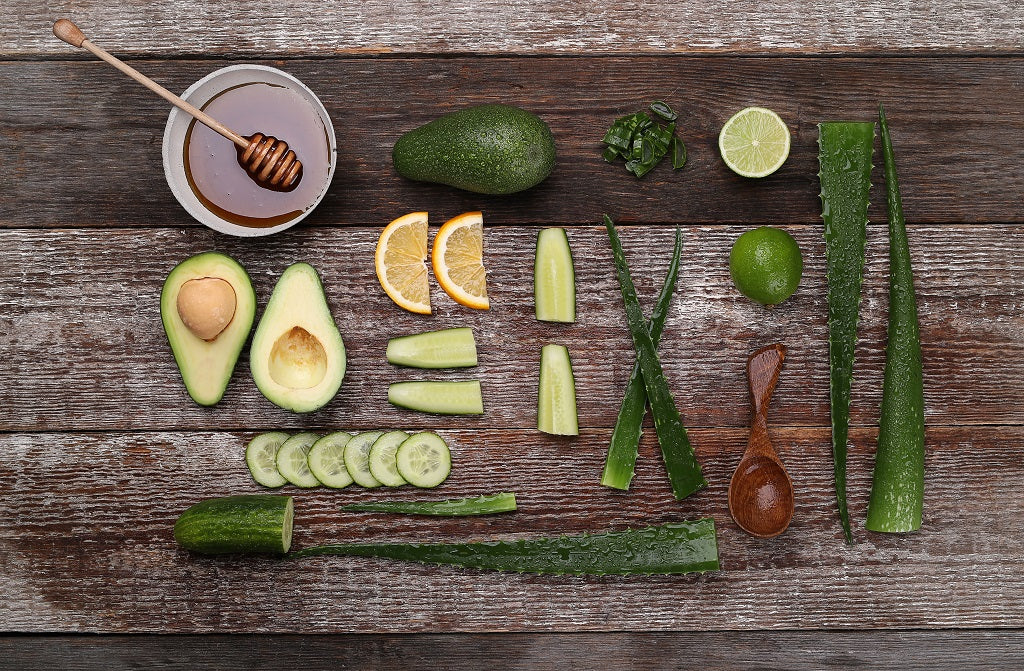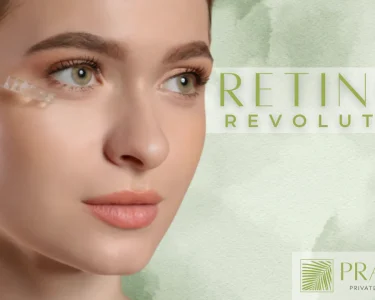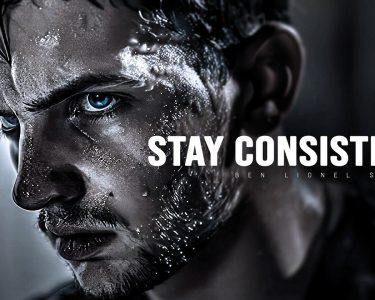Introduction: Meet Dr. Marisa Garshick
In the world of Skin Saboteurs, where everyone seems to be chasing that perfect complexion, there’s a trusted voice that stands out: Dr. Marisa Garshick. With a wealth of experience as a board-certified dermatologist, Dr. Garshick specializes in advocating for natural ingredients and holistic approaches in skincare. Today, we delve into her expertise to uncover the secrets of skincare DIY ingredients that might be silently sabotaging your skin health. Join us on this journey to better understand what goes on your skin.
The Allure of DIY Skincare
The DIY Revolution
The DIY skincare trend has swept the nation, promising cost-effectiveness and natural alternatives to commercial products. In a world where skincare routines can be elaborate and expensive, DIY solutions offer a refreshing simplicity. From homemade masks to exfoliants, it’s easy to see the appeal. After all, who doesn’t love the idea of creating effective skincare products from ingredients found right in your kitchen?
The Hidden Risks
However, not all that’s natural is safe. While DIY skincare has gained popularity, it’s essential to tread carefully. Some DIY ingredients can lead to unforeseen skin issues, and their risks often go unnoticed. Dr. Garshick is here to reveal the silent skin saboteurs lurking in your kitchen cabinets.

DIY Ingredients to Watch Out For
Lemon Juice: The Acidic Dilemma
Lemon juice is a popular DIY ingredient, celebrated for its brightening effects. It’s packed with vitamin C and citric acid, making it seem like a natural choice for those looking to achieve a radiant complexion. However, as Dr. Garshick points out, this seemingly innocuous ingredient can have adverse effects on your skin.
The acidity of lemon juice can be too harsh for your skin, leading to burns and photosensitivity. When applied topically, especially in high concentrations or without proper dilution, lemon juice can cause irritation, redness, and even blistering. Moreover, it makes your skin more sensitive to sunlight, potentially increasing the risk of sunburn and long-term damage.
Baking Soda: The pH Paradox
Baking soda, a pantry staple in many households, is often touted as a versatile cleaning agent and an ingredient for DIY skincare. Its slightly alkaline nature is thought to help exfoliate and cleanse the skin. However, using it on your skin can disrupt its delicate pH balance.
Our skin has a slightly acidic pH, which acts as a protective barrier. When you apply baking soda, which is alkaline, it can disrupt this balance, leading to irritation, dryness, and even more severe skin issues. Dr. Garshick advises against using baking soda on your face and recommends opting for gentler exfoliants instead.
Essential Oils: Fragrant, but Risky
Essential oils have gained popularity in DIY skincare for their pleasant aromas and perceived therapeutic benefits. Lavender, tea tree, and rosehip oils, among others, are commonly used in various skincare recipes. However, Dr. Garshick emphasizes the need for caution when applying essential oils directly to your skin.
Undiluted essential oils can be potent and may cause allergic reactions or skin sensitivity in some individuals. It’s essential to dilute them properly and perform a patch test before applying them to your face. Moreover, certain essential oils can interact with medications or exacerbate certain skin conditions, so it’s crucial to consult a dermatologist before incorporating them into your skincare routine.
Sugar Scrubs: Sweet but Abrasive
Sugar scrubs are another favorite in the world of DIY skincare. They promise silky-smooth skin by exfoliating away dead cells and revealing a fresher complexion. However, Dr. Garshick provides insights into why sugar scrubs might not be as gentle as they appear.
While sugar is a natural exfoliant, the granules can be too abrasive, especially for delicate facial skin. Over-exfoliation can lead to micro-tears in the skin, causing redness, irritation, and even long-term damage. Dr. Garshick suggests opting for gentler exfoliation methods, such as using a mild chemical exfoliant or a soft washcloth, to achieve smoother skin without the risks associated with sugar scrubs.
Key Takeaways
Let’s sum up the essential points from Dr. Garshick’s insights in a concise table:
| DIY Ingredient | Risks |
|---|---|
| Lemon Juice | Burns, photosensitivity |
| Baking Soda | pH imbalance, skin irritation |
| Essential Oils | Allergic reactions, skin sensitivity |
| Sugar Scrubs | Over-exfoliation, skin damage |
A Safer Approach to DIY Skincare
Dr. Garshick’s Recommendations
Don’t fret; there are ways to enjoy the benefits of DIY skincare without compromising your skin’s health. Dr. Garshick shares her expert advice on safe and effective DIY practices.
- Patch Test: Always perform a patch test when trying a new DIY ingredient or product. Apply a small amount to a discreet area of your skin and wait for 24 hours to check for any adverse reactions.
- Dilution: If you’re using potent ingredients like essential oils, make sure to dilute them properly before applying them to your skin.
- Consult a Dermatologist: If you have specific skin concerns or conditions, consult a dermatologist before incorporating new ingredients into your skincare routine.
- Moderation: Less is often more when it comes to DIY skincare. Avoid over-exfoliating or using harsh ingredients too frequently.
- Sun Protection: If you’re using ingredients like lemon juice that can increase photosensitivity, ensure you use sunscreen daily to protect your skin from harmful UV rays.
- Know Your Skin: Pay attention to how your skin reacts to different ingredients. Everyone’s skin is unique, so what works for one person may not work for another.
Conclusion: Navigating DIY Skincare with Dr. Marisa Garshick
As we bid adieu, remember that DIY skincare can be a rewarding journey, but it comes with its share of pitfalls. Thanks to the guidance of Dr. Marisa Garshick, we now have the knowledge to make informed choices and safeguard our skin from these silent skin saboteurs. Choose your ingredients wisely, and your skin will thank you for it.
So, next time you embark on a DIY skincare adventure, you’ll be well-equipped with the wisdom shared by a renowned dermatologist, ensuring that your quest for radiant skin remains a safe and fulfilling one.




